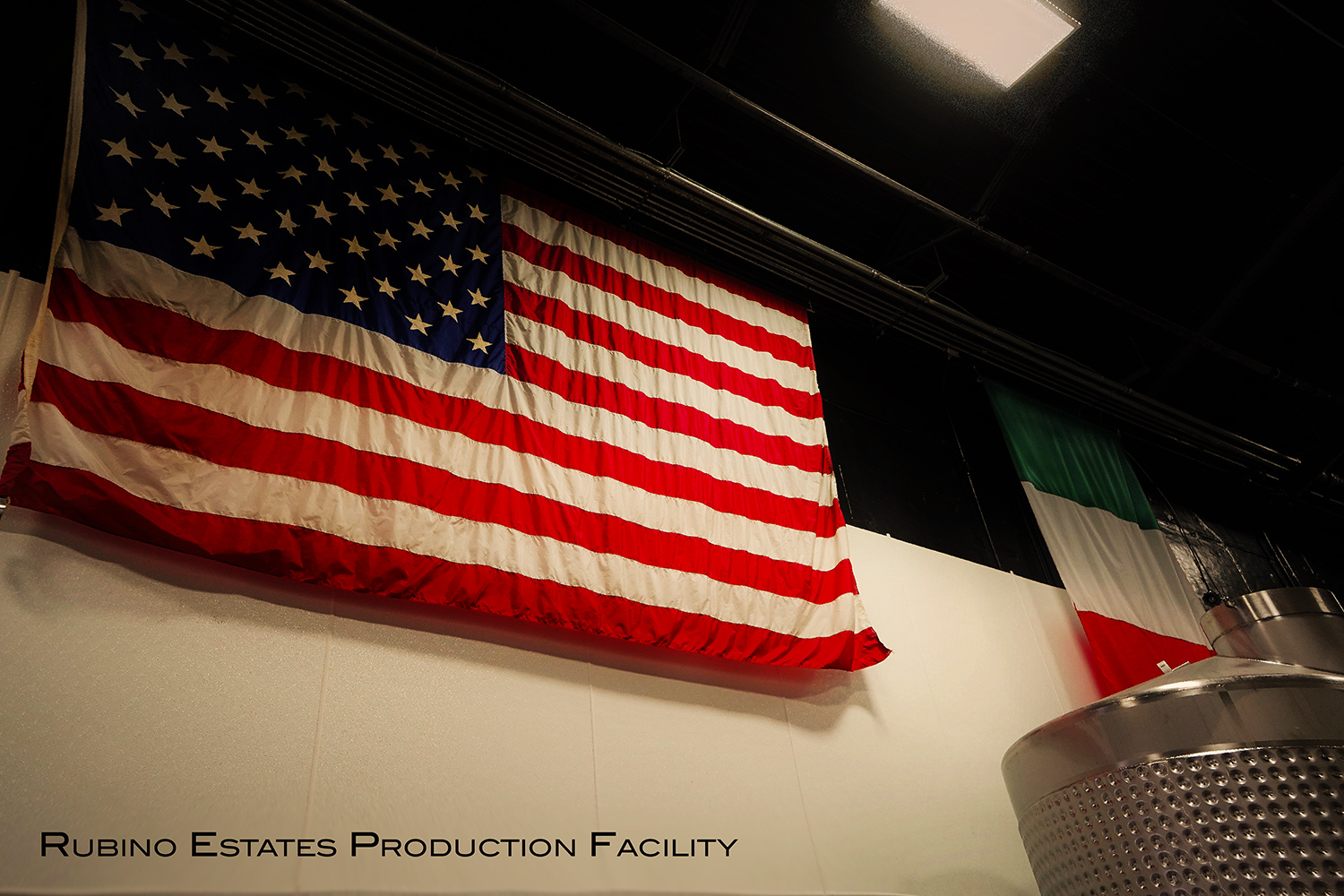A Taste of Winemaking History in the USA
 This weekend is our time to celebrate the United States! Nowadays, every U.S. state (yes, even Alaska) produces wine, but that wasn’t always the case. Just like this country, winemaking in the US has come a long way from humble and difficult beginnings, with plenty of mistakes along the way. Today, we’re taking time to look back and celebrate progress!
This weekend is our time to celebrate the United States! Nowadays, every U.S. state (yes, even Alaska) produces wine, but that wasn’t always the case. Just like this country, winemaking in the US has come a long way from humble and difficult beginnings, with plenty of mistakes along the way. Today, we’re taking time to look back and celebrate progress!
The first wines in America were made in the 16th century with native grapes, in an area near modern-day Jacksonville, Florida. In the charters held by European settlers, winemaking was listed as one of the goals of their venture. When they found the native grapes unpleasant to their palate, Europeans eventually began bringing cuttings from their favorite wine grapes across the Atlantic. In the same era, Spanish settlers in what is now California and New Mexico began planting vineyards as they built Missions, a heritage which continues today with California’s robust wine country.
After the United States was established, Thomas Jefferson attempted to plant a vineyard with French grapes, but the vines could not hold up in the North American climate. In 1805, two small oak casks of wine were brought to President Jefferson from a new winery in Kentucky, but the winery’s vines soon suffered a similar fate. Winemakers in the early United States were met with continual opposition from the North American climate and pests, which European grapes could not sustain. It was not until traditional French grapes were crossed with grapes native to the Americas that the U.S. saw its first widespread commercial plantings.
Cincinnati, Ohio was the home of the first majorly successful wineries in the United States, beginning in the early 1800s. Helped by the labor of German immigrants and the soil of the Ohio River Valley, the wineries boasted at least 1500 acres of vines. These plantings produced until Black rot swept through, decimating the plantings. To escape the rot, several winemakers moved their operations to the now-famous Finger Lakes region of New York. The oldest continually operating winery in the U.S. is Brotherhood Winery in New York, established in 1839, only 45 years before the first plantings on our Estate.
Prohibition began nationwide in 1920 when the 18th amendment was ratified, and put a severe dent in the U.S.’s place in the wine market. Limited production of wine was permitted for sacramental use, allowing the monks and nuns of Mission wineries to preserve some of the grape varieties people loved. Of course, bootleggers also helped sustain the industry, transporting and selling alcohol illegally. At the time, our Estate winery was permitted to operate to produce sacramental wines, but Ernest Ferrario, the owner at the time, was widely rumored to also be a bootlegger.
Prohibition was repealed in 1933, shortly after the global GDP had dropped at least 15% in the beginning of what is now called the Great Depression. Demand for heavy, sweet wines with high alcohol content increased, and the American wine industry struggled to dust itself off and keep up with demand. As time passed and research into winemaking was performed by premier academic institutions, most notably California’s UC Davis, US winemaking grew in both quality and efficiency.
The 1970s saw a flood of investments into American (especially Californian) wineries as winemakers focused on making wine the best it could be. No longer would they aim to produce a copy of European wine, but rather unique, brilliant representations of what the US could offer. The Judgement of Paris—a blind tasting in 1976 which resulted in two Californian wines beating out traditional European wines—solidified the foothold of American wine in the global market. Robust, thrilling, and exuberant, the wines of the USA could compete with wines from all around the world. They still do. Today, upwards of 1.1 million acres of vines grow in the US, with a production of at least 800 million gallons of wine each year. We're honored to join in this rich legacy and tradition.